Top Brain, Bottom Brain
The Cape Odd Institute for Theosophy and Unusual Sciences (COITUS) today released a study furthering Left and Right Brain Principles to include Top and Bottom Brain Thinking(TM). The study, which also details the “Middle Brain” thoughts of Lord of The Rings obsessives, was conducted by a dozen scientists seated in a circle inhaling laughing gas. It was also discovered that the brain resembled a small cartoon sheep, hence the “sheeple” epithet so popular several years back by Rush Limbaugh and other prominent “thought leaders.”
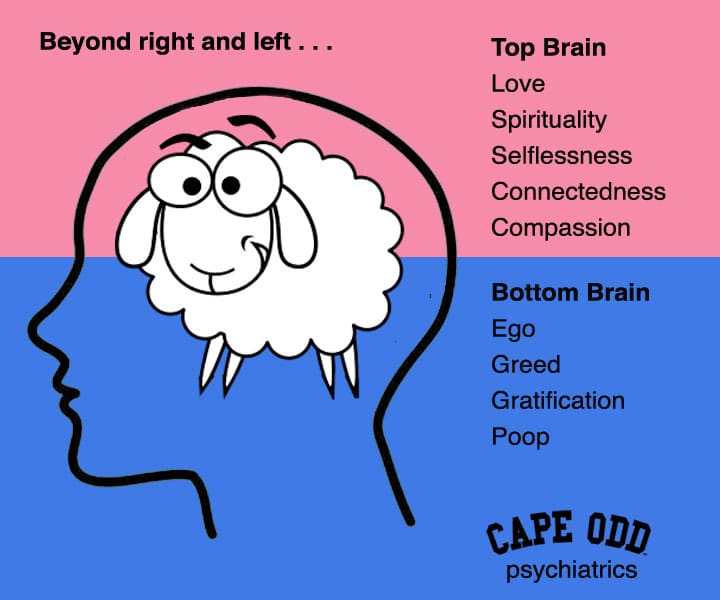
In the labyrinth of the human mind, where science and whimsy often intertwine, the Cape Odd Institute for Theosophy and Unusual Sciences (COITUS) has charted a course beyond the conventional. Their latest exploration into the realm of cognitive geography, revealing the uncharted territories of Top and Bottom Brain Thinking™, alongside the mystical Middle Brain of Lord of The Rings aficionados, stands as a testament to the boundless creativity that fuels our quest for understanding.
At the heart of this groundbreaking study, a dozen scientists, united in their pursuit of knowledge (and hilarity), gathered in a circle, the air around them shimmering with the laughter that only nitrous oxide can induce. This unconventional method, far from undermining the legitimacy of their inquiry, served to peel back the layers of the brain, revealing its true nature—not as the complex organ of thought we’ve long revered but as a whimsical cartoon sheep, guiding the flock of humanity through the pastures of existence.
This revelation, while startling, sheds light on the phenomenon coined by cultural commentators as “sheeple”—a term that, though once wielded with derision, now gains new significance. It suggests that within the collective consciousness of society, there exists a unity, a shared direction that, while individually unacknowledged, guides us towards common goals and understandings.
The introduction of Middle Brain thinking, particularly as it pertains to those with a profound connection to the lore of Middle Earth, adds a layer of depth to our understanding of human cognition. It posits that within the vast expanse of the brain, there lies a realm enchanted by the narratives that bind us, a place where the tales of hobbits, elves, and men stir the souls of the devoted, influencing their thoughts and actions in the world beyond the page or screen.
The study’s methodology, as unconventional as it may seem, underscores a fundamental truth about the pursuit of knowledge: that the path to enlightenment is not always linear, nor solemn. In the laughter of the scientists, in the absurdity of their methods, we find a reflection of the human condition—a species in constant search for meaning, willing to explore the furthest reaches of the mind, even if it means venturing into the realm of the absurd.
As the findings of COITUS make their way into the annals of scientific inquiry, they serve as a reminder that in the quest to understand the brain, and by extension, ourselves, there is room for both rigor and whimsy. For in the end, it is not just the answers we seek but the questions we dare to ask, and the joy we find in the asking, that truly illuminate the mysteries of the human mind.
In the quirky corridors of COITUS, where science meets the absurd, the study of Top and Bottom Brain Thinking™ unveils a landscape where laughter is the key to unlocking the mysteries of the mind. Through the haze of laughing gas, a cartoon sheep emerges, a beacon guiding the sheeple towards enlightenment, while Middle Earth enthusiasts find solace in the Middle Brain—a testament to the power of narrative in shaping our cognitive realm. This exploration, a blend of humor and insight, challenges us to embrace the multifaceted nature of human thought, reminding us that in the pursuit of knowledge, there is always room for a smile.
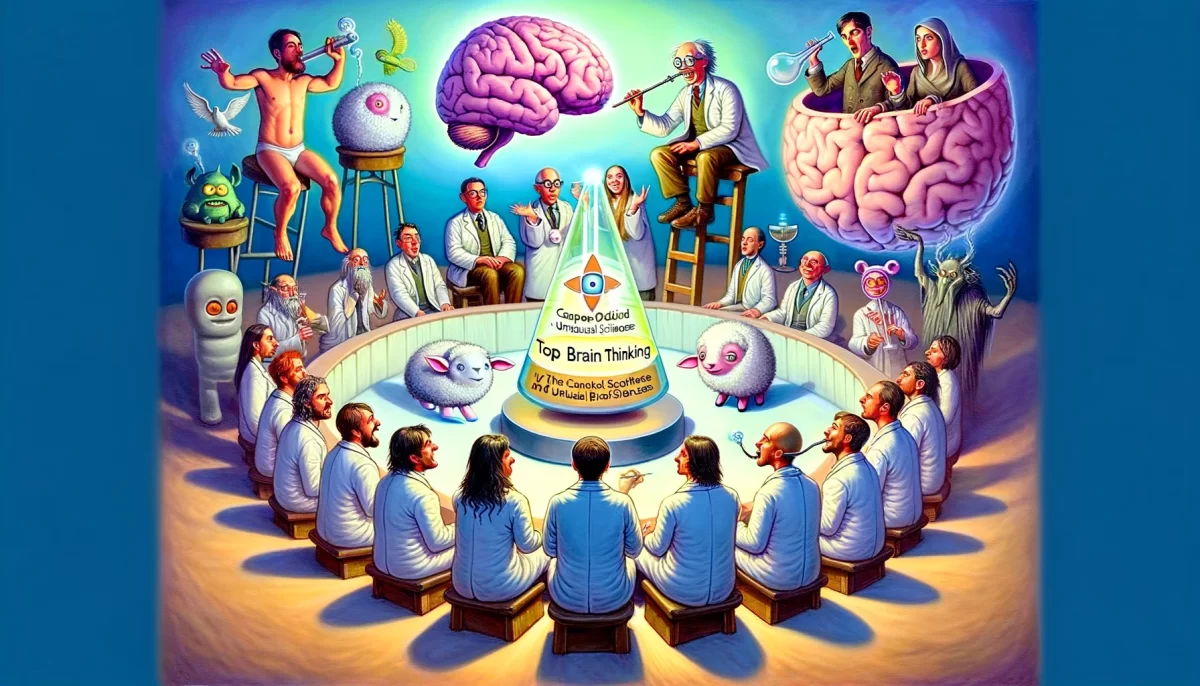
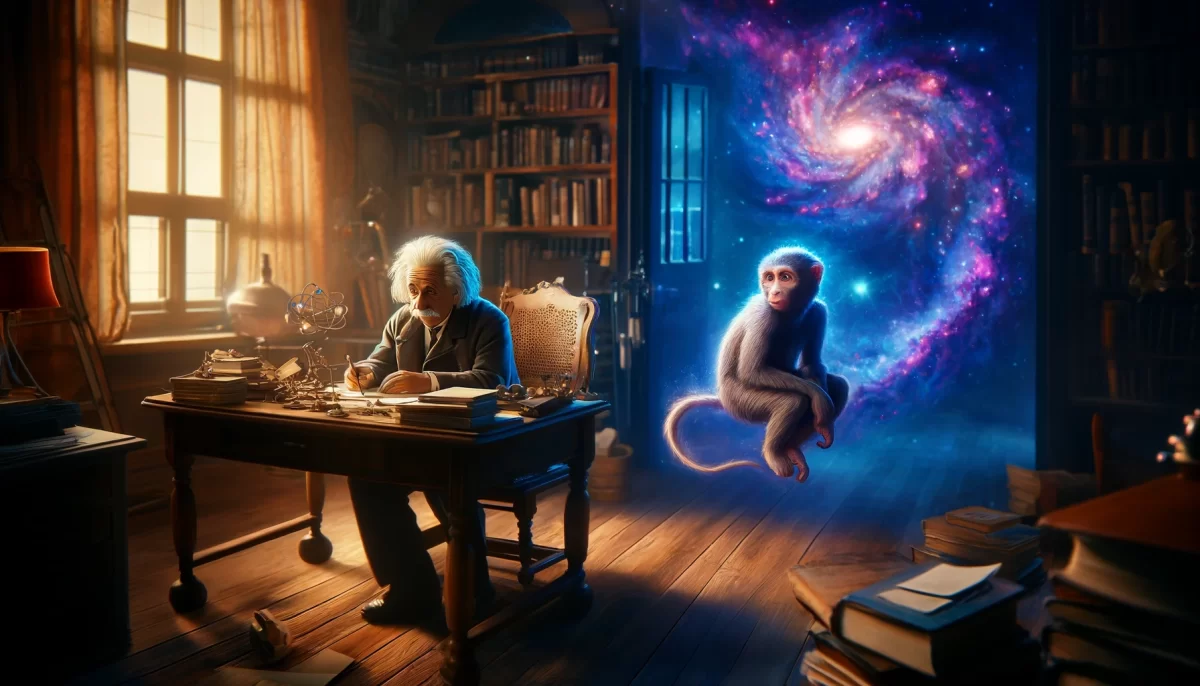
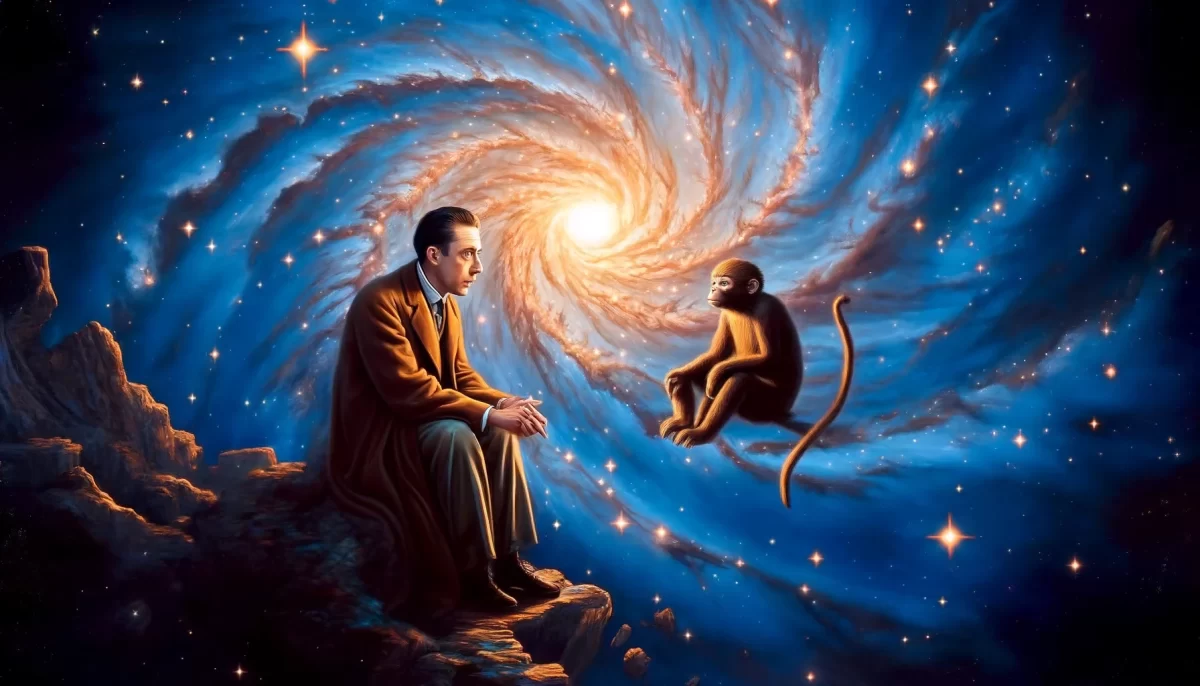
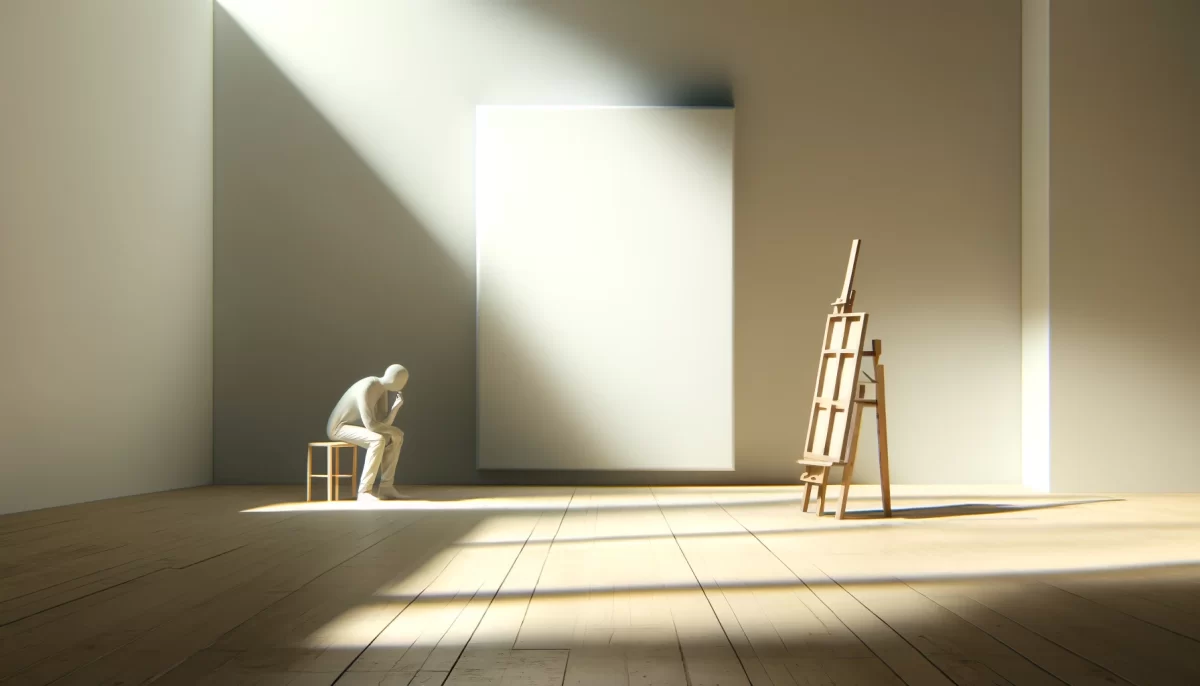
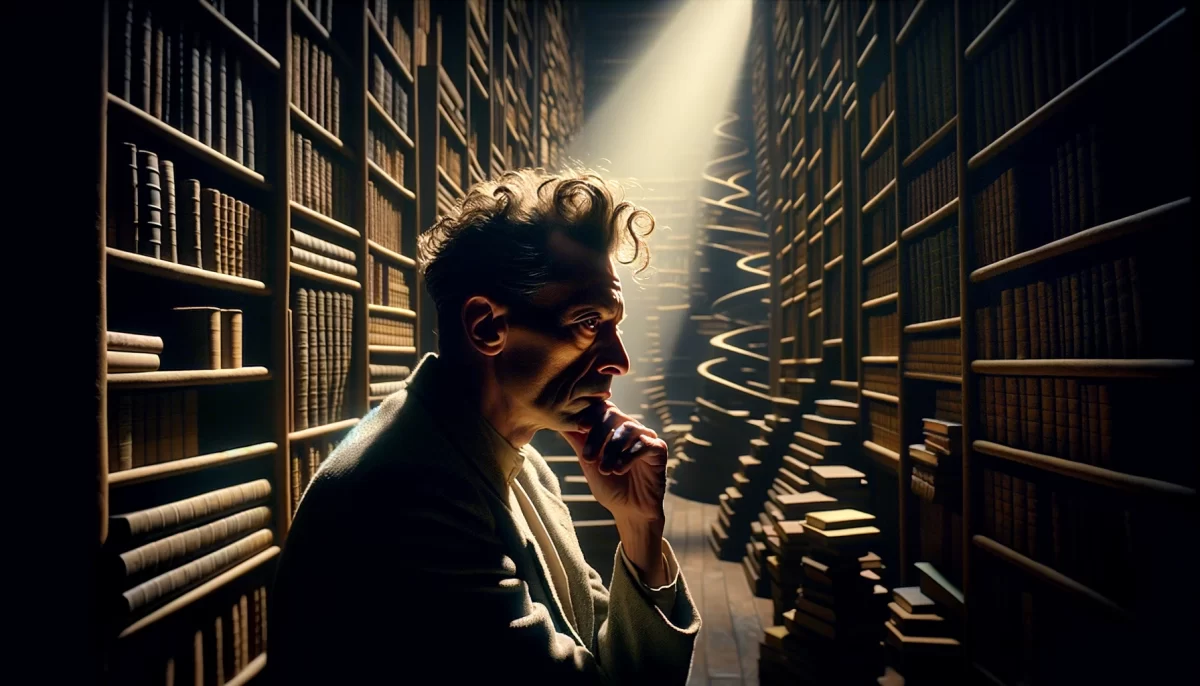
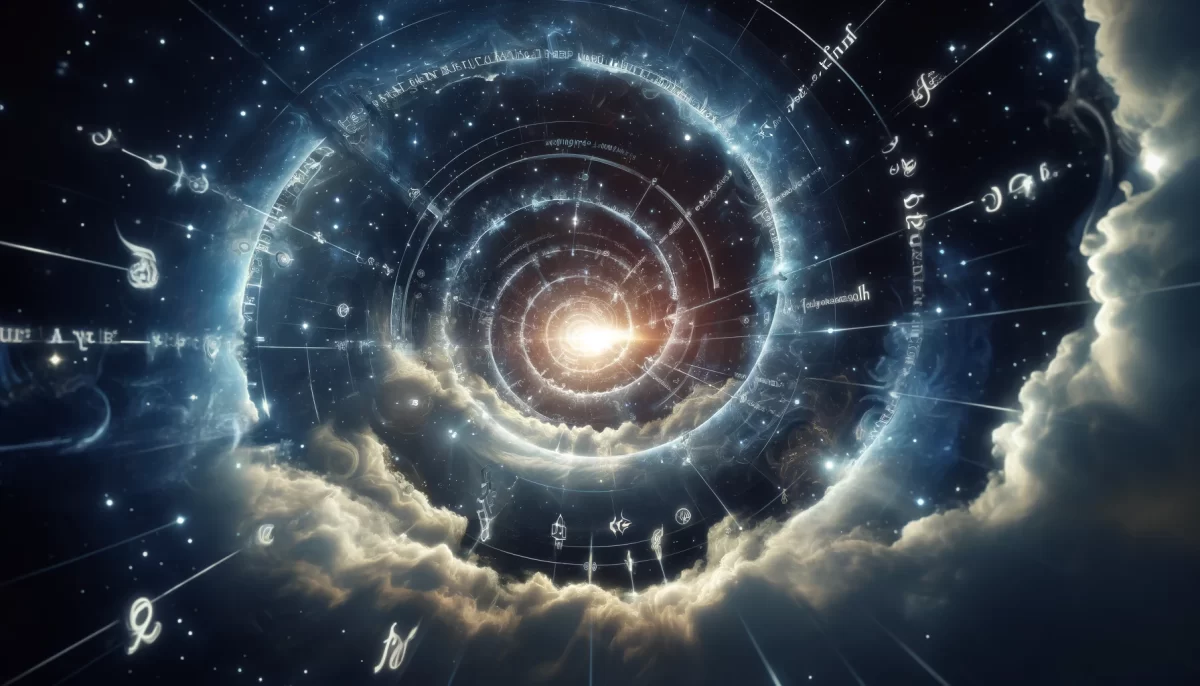
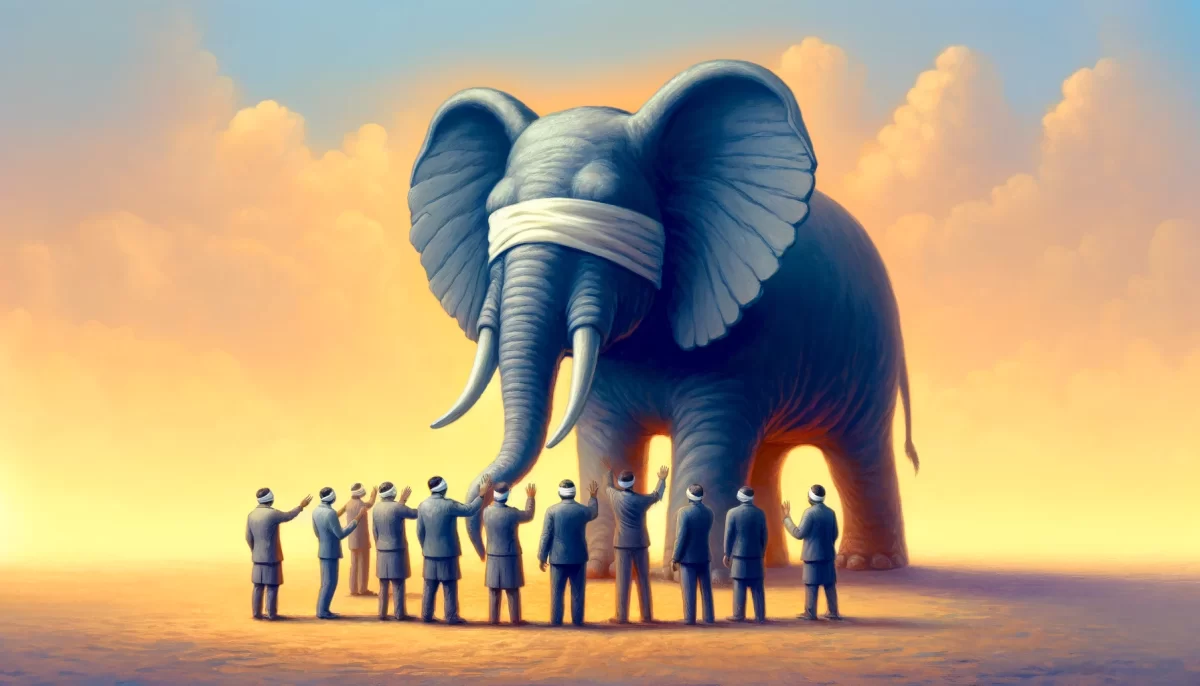

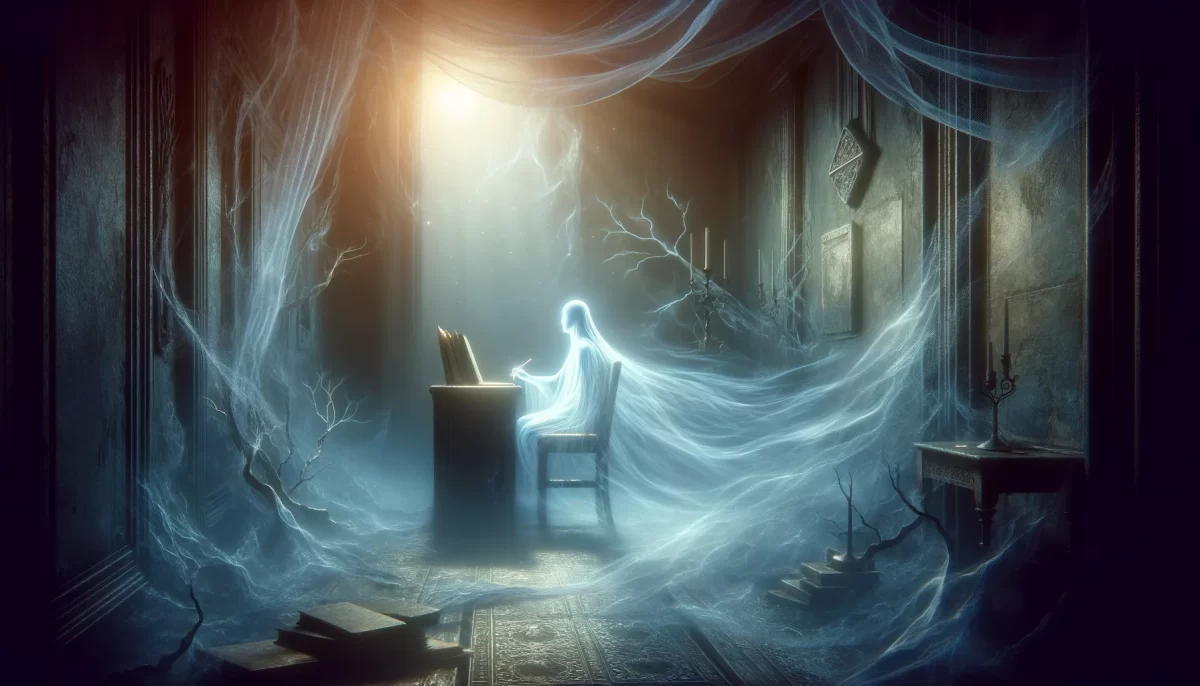

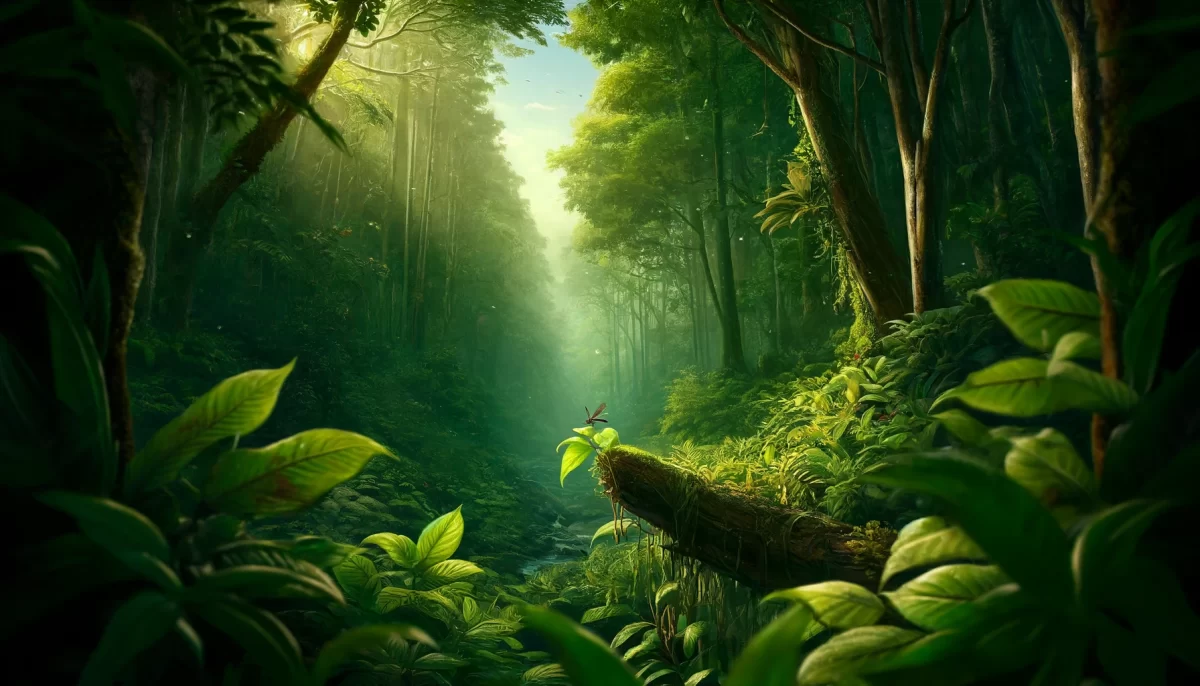
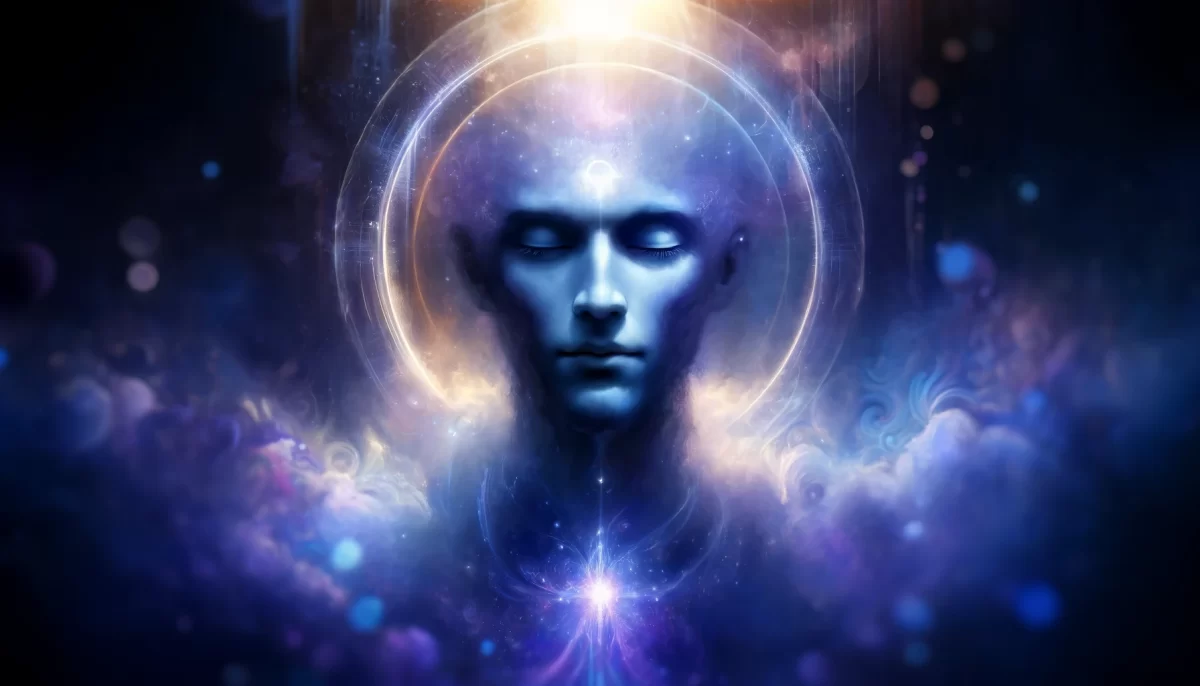
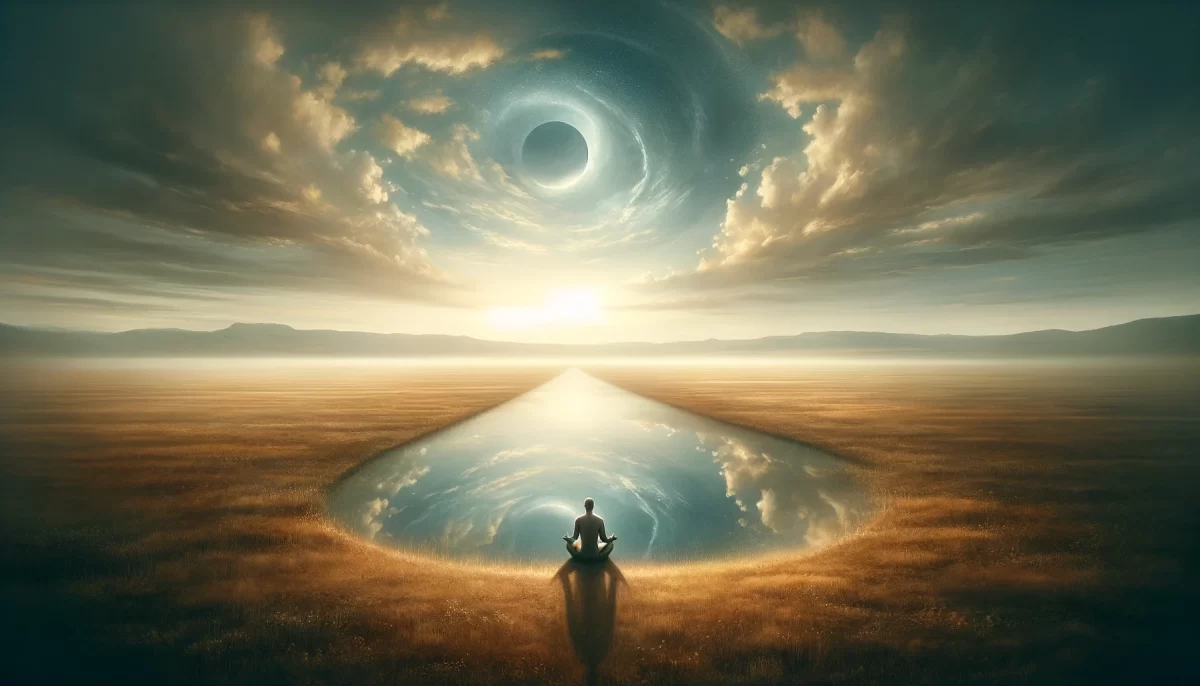
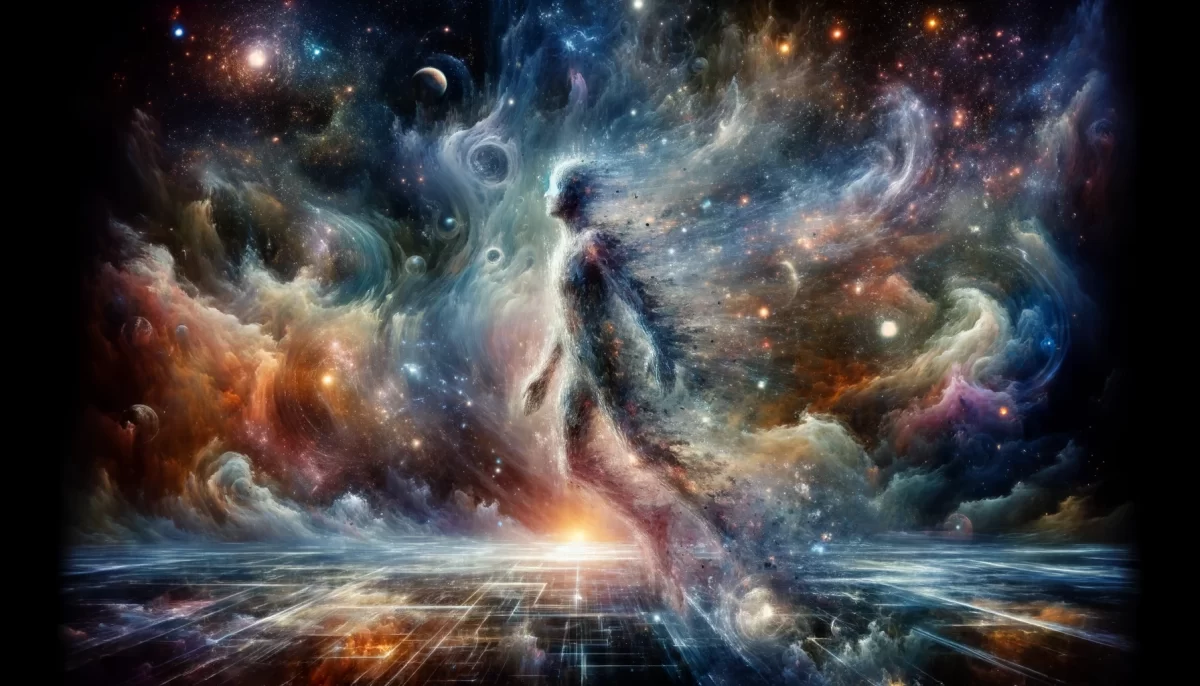
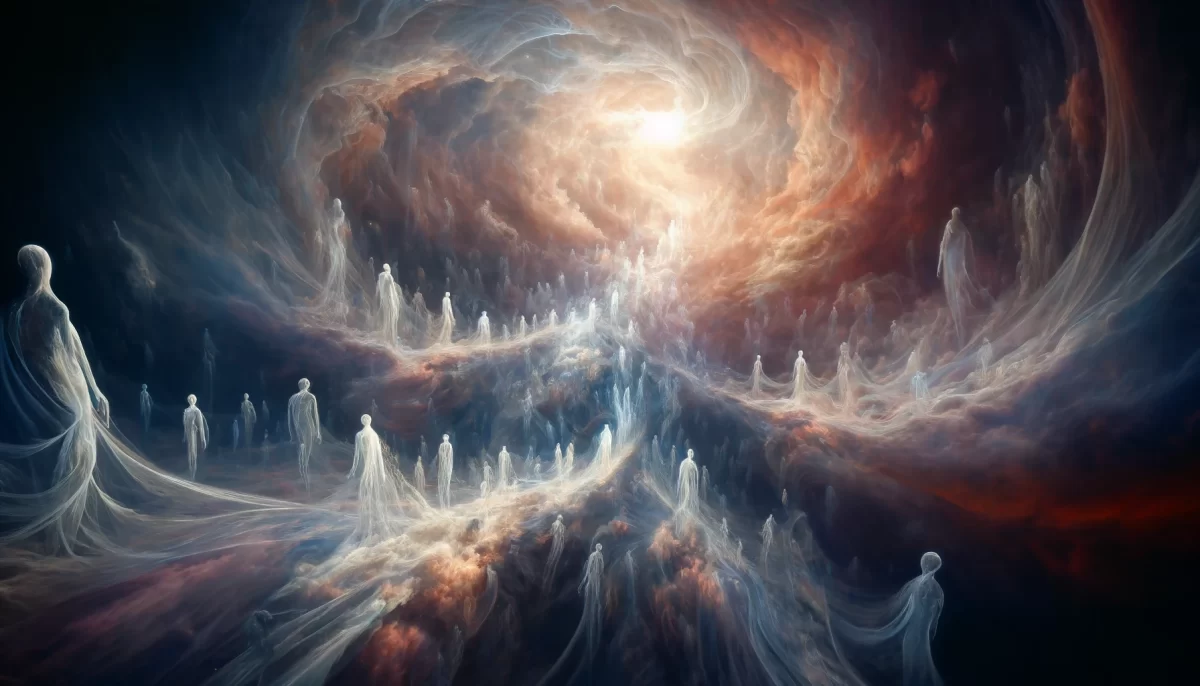
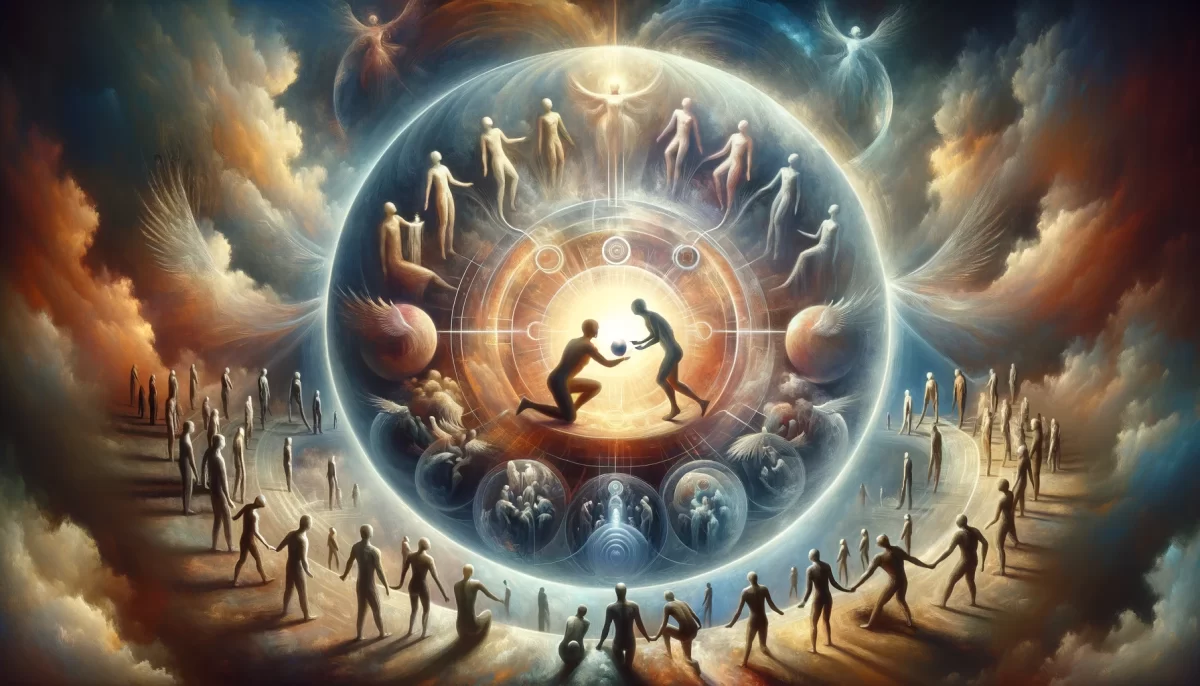

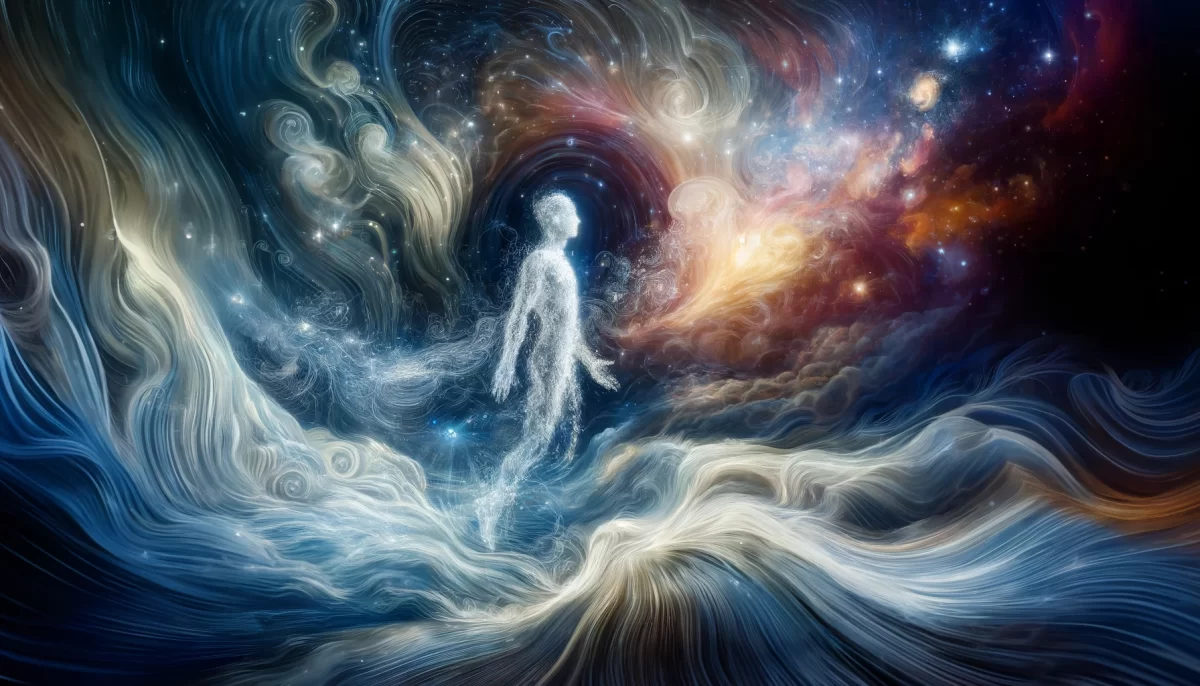
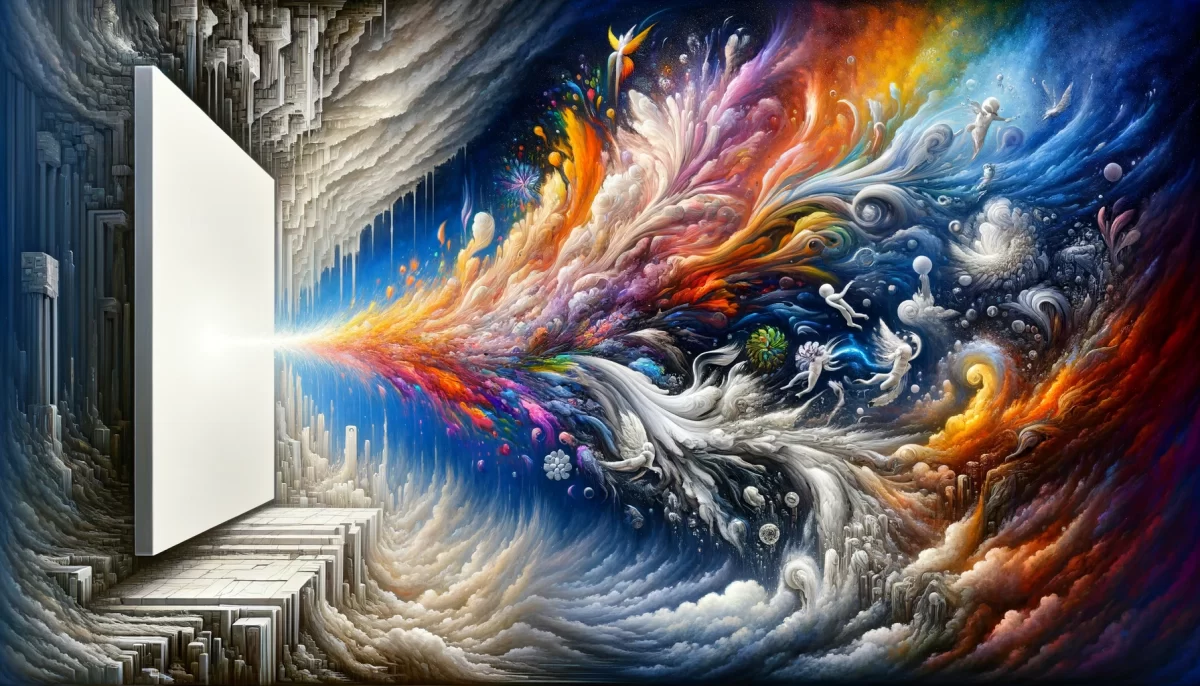
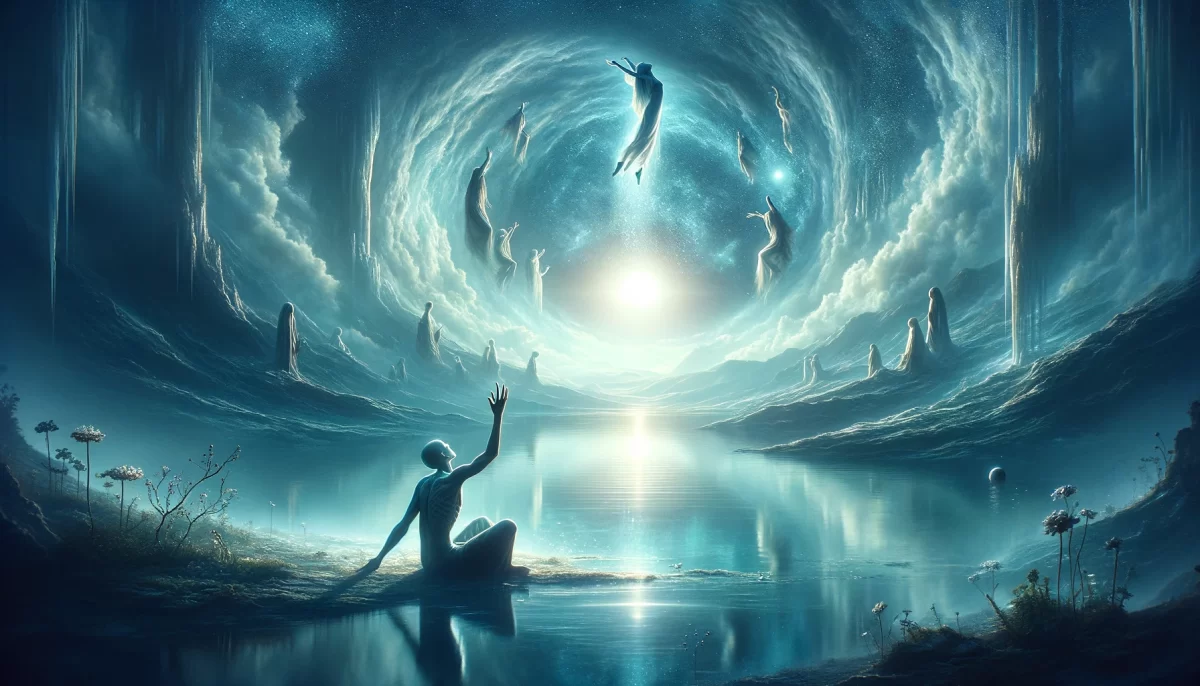

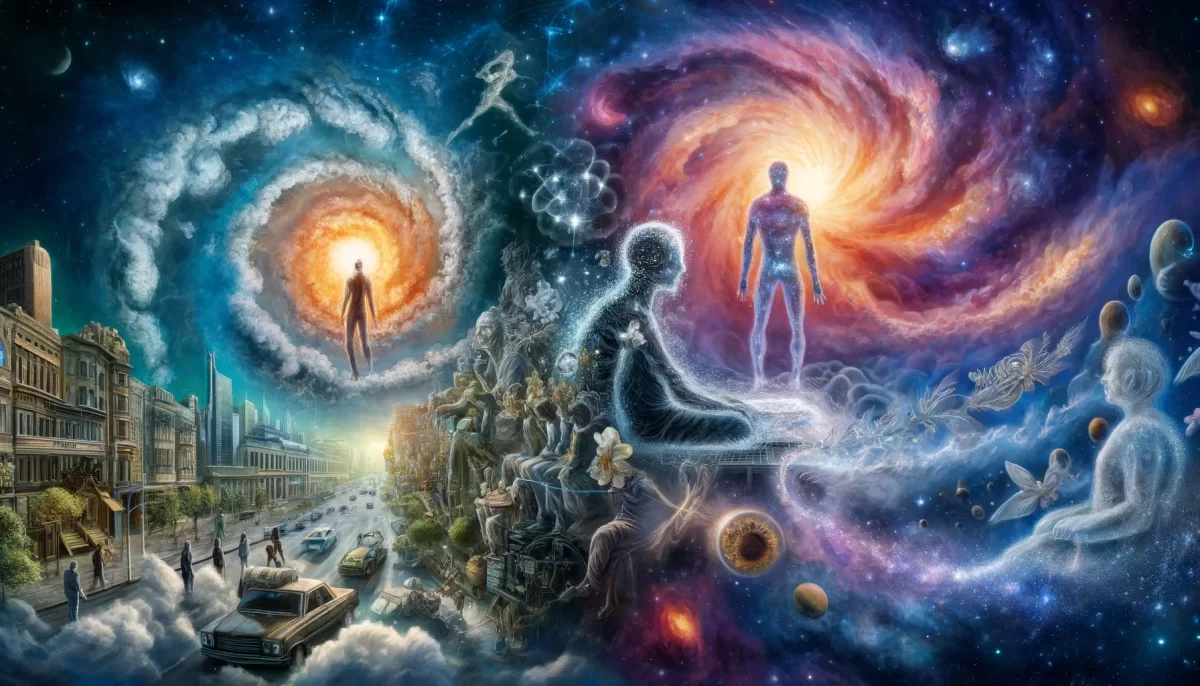

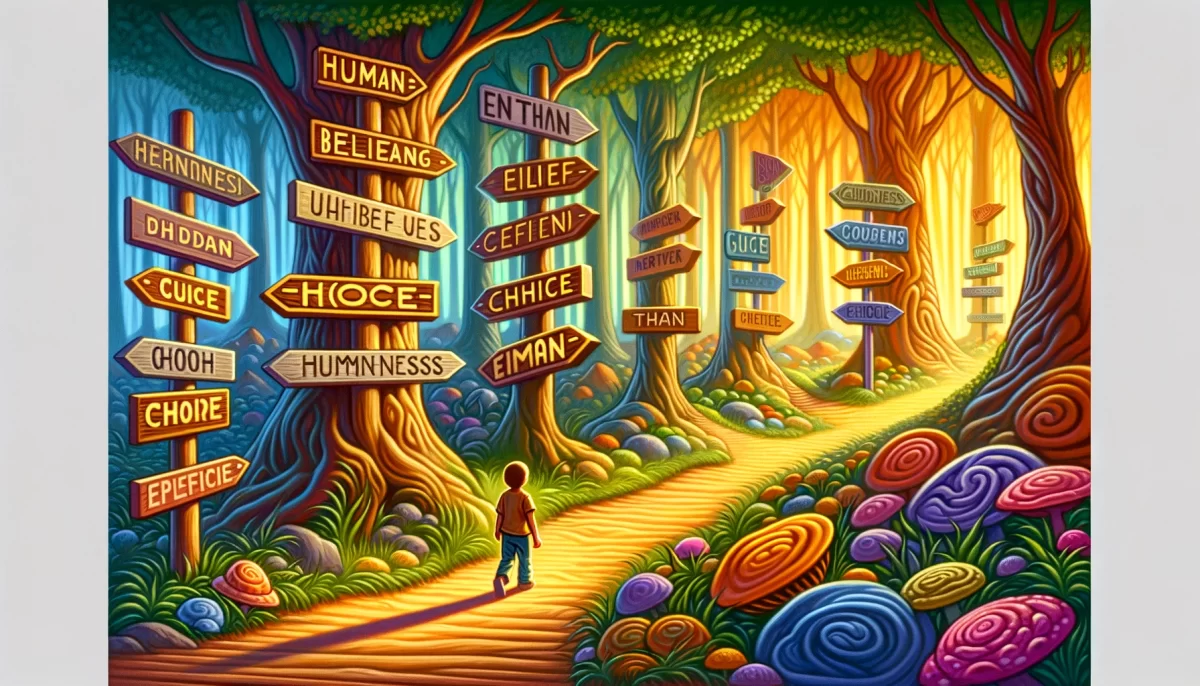
Leave a Reply